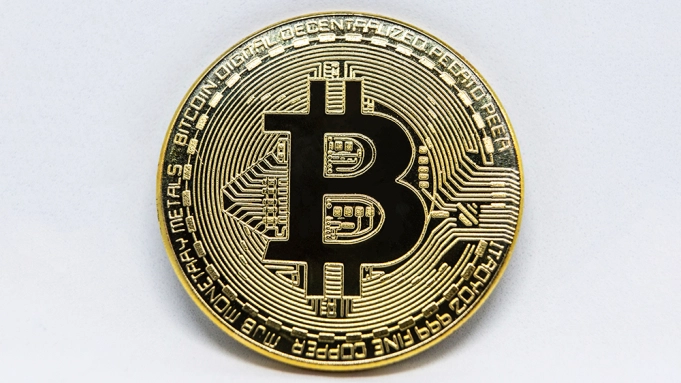What exactly is Bitcoin?

Bitcoin is a digital currency that is not controlled by any central authority or government. It instead makes use of peer-to-peer software and cryptography.
All transactions are recorded in a public ledger. With backups kept on servers all over the world. A node, or server, can be set up by anyone with a spare computer. Instead of relying on a central source of trust, such as a bank. These nodes reach cryptographic consensus on who owns which coins.
Network and distributed between node:
Every transaction is broadcast to the network and distributed between nodes. Miners gather these transactions into a group known as a block every ten minutes. So, which is then permanently added to the blockchain. This is the definitive account book.
Virtual currencies are stored in digital wallets, similar to how traditional coins are stored in physical wallets. It can be accessed via client software or a variety of online and hardware tools.
Bitcoins are currently subdivided to seven decimal places: a milli represents a thousandth of a bitcoin, and a satoshi represents a hundred millionth.
Is it possible to exchange bitcoin for cash?
Bitcoin, like any other asset, is convertible into cash. There are numerous online cryptocurrency exchanges where this can be done. But transactions can also be done in person or through any communication platform, allowing even small businesses to accept bitcoin. There is no official way to convert bitcoin to another currency.
Nothing intrinsically valuable underpins the bitcoin network. However, since leaving the gold standard, many of the world’s most stable national currencies, such as the US dollar and the British pound, have become more stable.
What is the function of bitcoin?
Bitcoin was created to make it possible for people to send money over the internet. The digital currency was created to be a non-centralized payment system that could be used similarly to traditional currencies.
Is bitcoin secure?
The cryptography of Bitcoin is based on the SHA-256 algorithm developed by the United States National Security Agency. For all intents and purposes, cracking this is impossible because the number of possible private keys to be tested (2256) exceeds the number of atoms in the universe (estimated to be 2 billion). be somewhere between 1078 to 1082).
There have been several high-profile cases of bitcoin exchanges being hacked and funds stolen, but these services always stored the digital currency on behalf of their customers. In these cases, the website, not the bitcoin network, was hacked.
In theory, if an attacker could control more than half of all bitcoin nodes, they could reach a consensus and embed all bitcoin in the blockchain. This becomes less practical as the number of nodes grows..
What exactly is bitcoin mining?
Mining is the process of maintaining the money network and creating new coins.
All transactions are broadcast publicly on the network, and miners create blocks by completing a cryptographic calculation that is extremely difficult to generate but extremely simple to verify. The first miner to solve the next block broadcasts it to the network, and it is added to the blockchain if proven correct.. A portion of the newly created then awarded to the miner.
The bitcoin software includes a hard limit of 21 million coins.. There will never be anything more.By 2140, the total number of coins in circulation will have been reached. The software doubles the difficulty of mining bitcoin every four years by reducing the size of the rewards.
Who developed bitcoin?
In 2008, the domain.org was purchased, and an academic white paper titled Bitcoin: A Peer-to-Peer Electronic Cash System was published. It outlined the theory and design of a digital currency system that is independent of any organisation or government.
“The root problem with traditional currencies is all of the trust required to make them work,” Satoshi Nakamoto wrote. The central bank must be trusted not to debase the currency, but the history of fiat currency is littered with betrayals of that trust.”
The paper’s software was finished and publicly released the following year, launching the its network on January 9, 2009.
What are the drawbacks of bitcoin?
Several criticisms have been levelled at it, including the fact that the mining system consumes a massive amount of energy. The University of Cambridge has an online calculator that tracks energy consumption, and it was estimated that it would use more than 100 terawatt hours per year at the start of 2021.In total, the United Kingdom consumed 304 terawatt hours in 2016.



